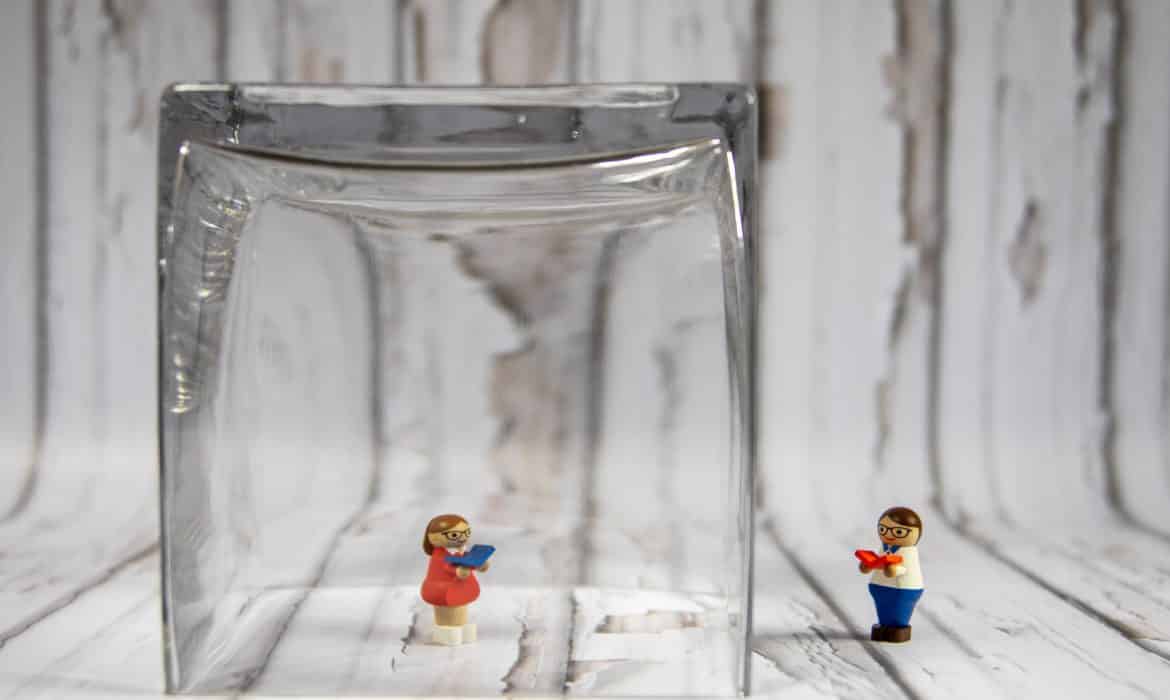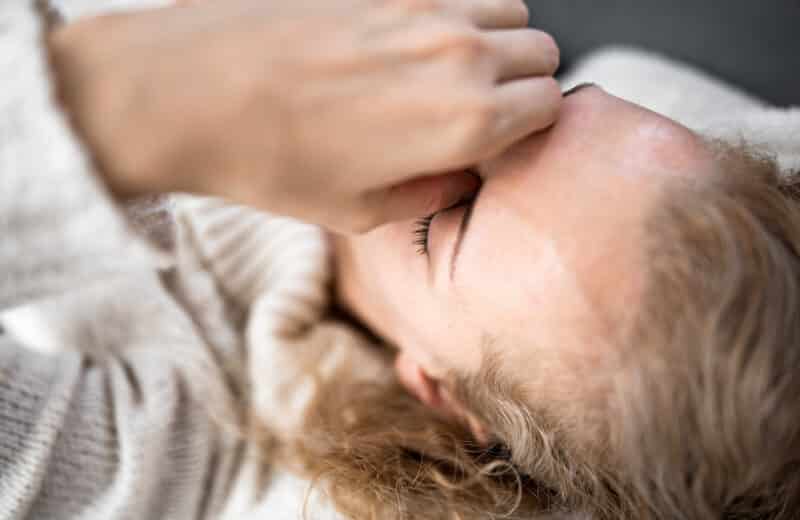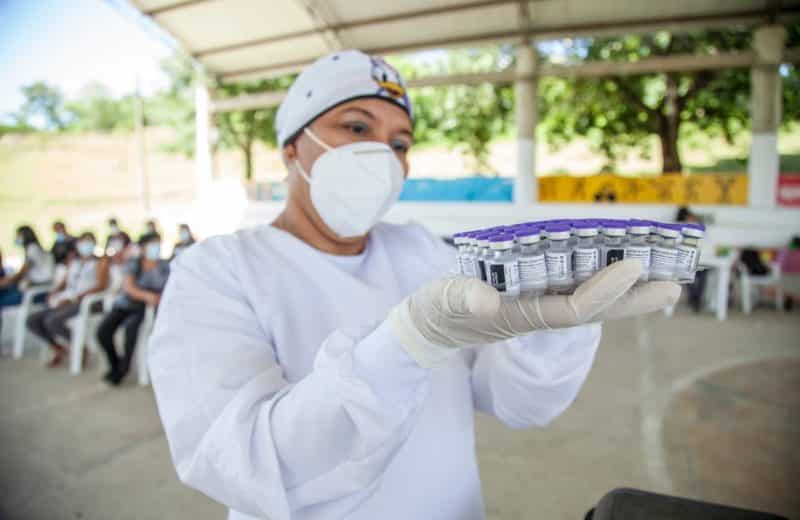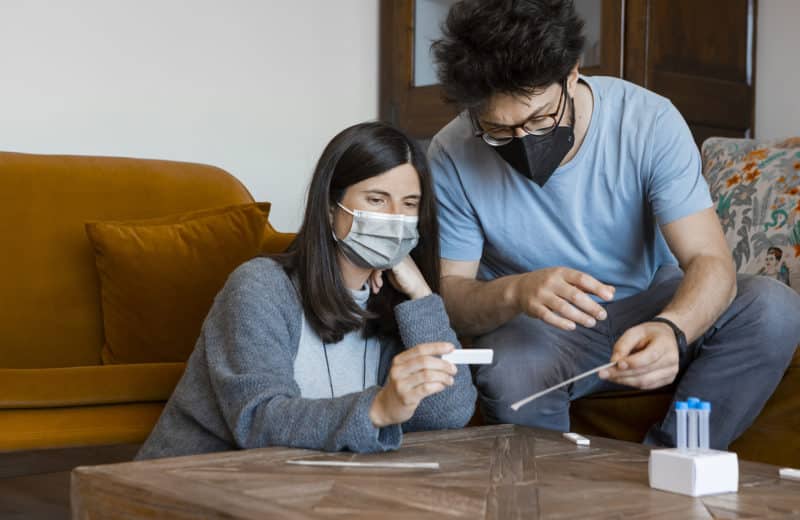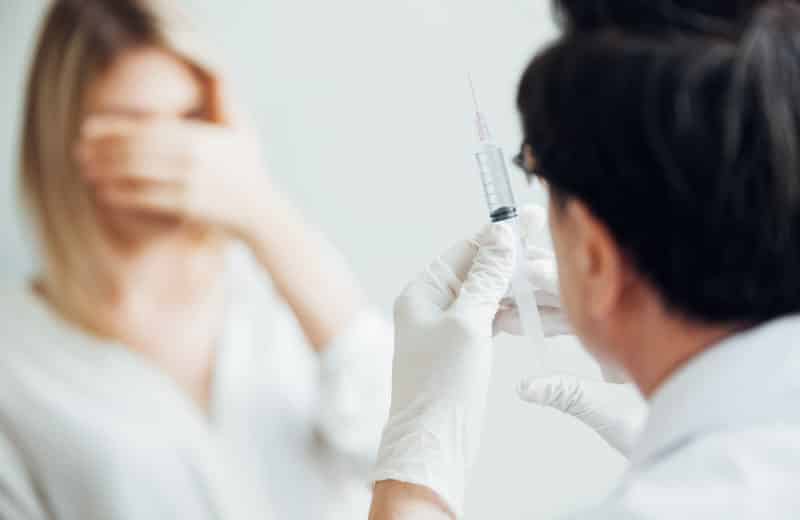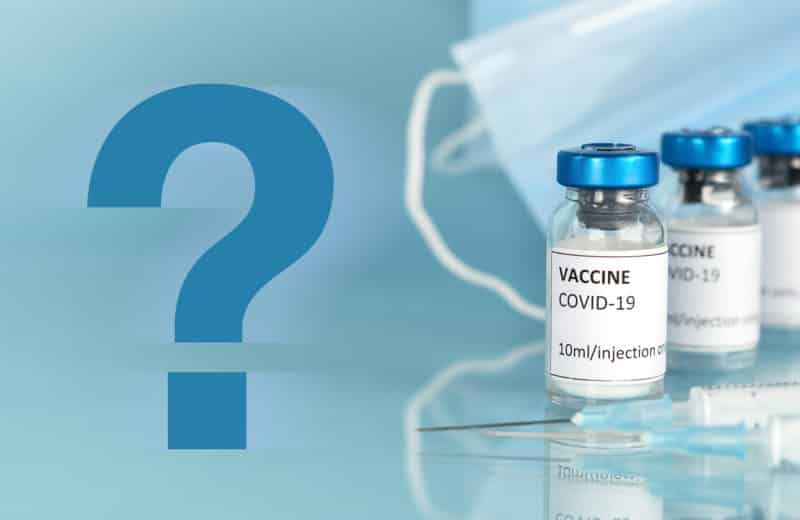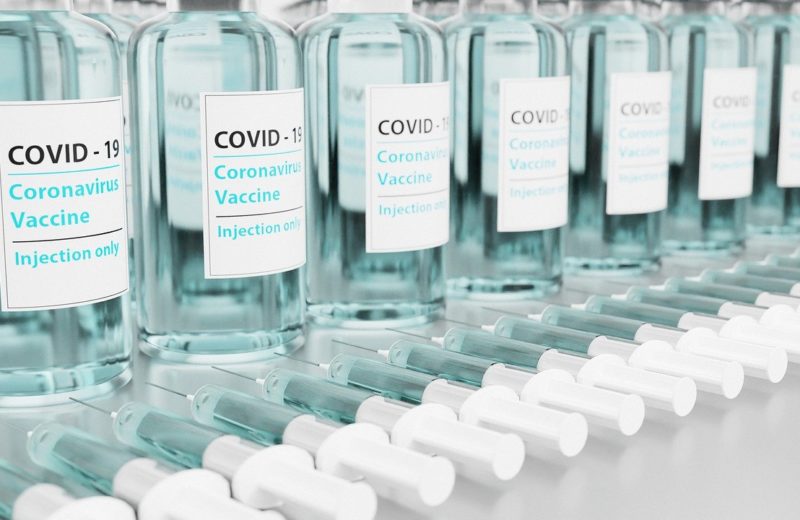The difference between self-quarantine and isolation during COVID-19
As states mull easing COVID-19 lockdown restrictions, Illinois officials say that staying home has worked and that residents need to continue to quarantine in order to slow the spread of the virus and not overwhelm the medical system.
COVID-19 is particularly communicable because the virus spreads in the early stages, says Igor Koralnik, chief of the division of neuro-infectious disease and global neurology in the department of neurology at Northwestern Medicine. “Measures of the viral load in the nasal, pharyngeal and respiratory secretions are the highest soon after symptoms present in COVID-19 cases,” he says.
What this means is individuals with COVID-19 are more likely to be in public during peak viral load as symptoms emerge and, therefore, are more likely to spread the virus to others.
To limit the spread of the virus, officials continue to recommend physical distancing for the general population, self-quarantine for those who have had known exposure or who are feeling potential symptoms, and isolation for those who are sick with the virus.
When to self-quarantine
The most straightforward way to prevent the spread of the COVID-19 virus is to limit person-to-person contact. Social distancing — also called physical distancing — aims to limit contact so that sick people don’t transmit the virus to those who are healthy.
The terms quarantine and isolation are often used interchangeably. Quarantine is used to separate someone who has come into contact with an infected person. Isolation, on the other hand, is used to separate people who are sick with COVID-19 from those who are healthy.
If you think you might have COVID-19, consult with a doctor — often over a phone call or video appointment — to determine if you need to self-quarantine or isolate and for how long.
“An initial discussion with your physician can happen on the phone, and a determination can be made whether your symptoms are consistent with COVID-19 and if you need to be tested, should self-quarantine or be admitted to the hospital,” Koralnik says. “A 14-day self-quarantine period is recommended for the coronavirus because that’s the amount of time where people are going to become symptomatic if they have it.”
And for the many who still have to report to work, “Don’t go to work sick,” says Jennifer Grant, MD, an infectious disease expert at NorthShore University HealthSystem. “I think the COVID-19 experience has changed our mentality for the better when it comes to going to work sick — now instead of valuing toughing it out, we really value staying home and protecting others.”
If a self-quarantine at home is determined appropriate, here are some recommendations from the Centers for Disease Control and Prevention (CDC) to make it as safe as possible for households:
- Don’t go out. Have healthy household members, friends, family or delivery services drop off your groceries, prescriptions and other essentials.
- Stay in a separate room and limit contact with others in the home.
- Wear a face mask if you need to interact with others. While a face mask won’t necessarily prevent someone from contracting the virus, it can help prevent someone with the virus from further spreading.
- Cover coughs and sneezes.
- Wash hands regularly.
- Clean high-touch surfaces every day (counters, tabletops, doorknobs, keyboards).
- Keep personal items separate (dishes, glasses, utensils, towels, bedding and other items), and wash them thoroughly after use.
- Use a separate bathroom, if possible.
When to isolate
Isolation is recommended for those who have contracted COVID-19. Depending on the severity of the symptoms, individuals may be isolated in a hospital or at home.
If you are showing symptoms, it’s important to isolate yourself from others in your household, to the best of your ability.
“This is particularly true if living with someone elderly or with underlying medical problems or a compromised immune system,” Grant says. “This is not an easy task by any means, and it may be impossible for caregivers of small children or families living in small spaces. Each family will have to approach this in their own way given their own circumstances.”
Isolation should continue for at least three days after symptoms have stopped, Grant says. “For people who have or may have COVID-19, the guidance is to continue isolating until it has been at least seven days from when your symptoms started and at least 72 hours from when you ‘recovered’ — meaning no further fever and symptoms are much better,” she says.
While many of the recommendations for isolation are the same as for self-quarantine, it is important that sick individuals at home take additional measures to manage their health. The CDC recommends:
- Monitor symptoms carefully and if they get worse, call a healthcare provider immediately.
- Stay rested and hydrated.
- Before any medical appointments, call ahead to notify the provider you may have COVID-19.
- Call 911 immediately if there’s trouble breathing, persistent pain or pressure in the chest, confusion or inability to arouse, or bluish lips or face.
As COVID-19 continues to spread and authorities continue to learn more about the virus, expect recommendations on social distancing and public health practices to evolve. To stay on top of developments, periodically check the CDC’s Coronavirus (COVID-19) page and the local health departments, such as the Illinois Department of Public Health and the City of Chicago’s Coronavirus Response Center.

